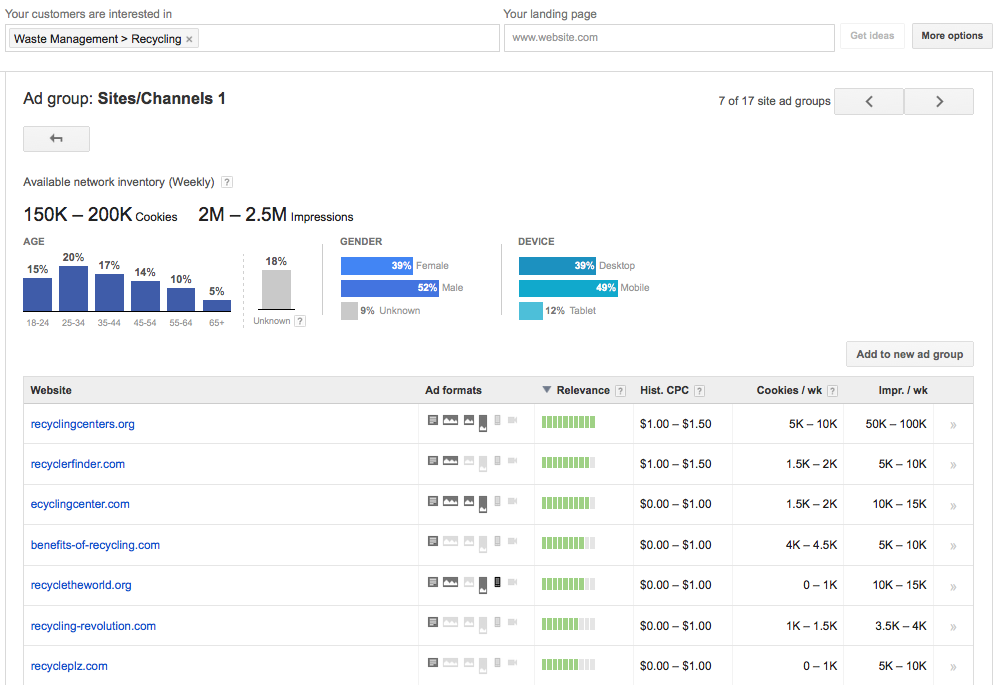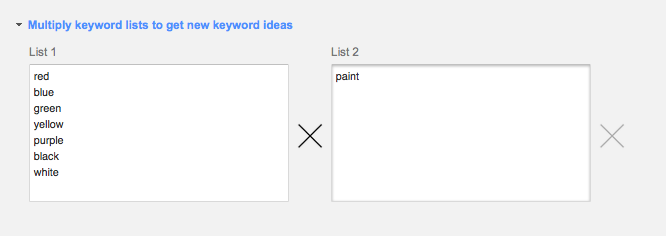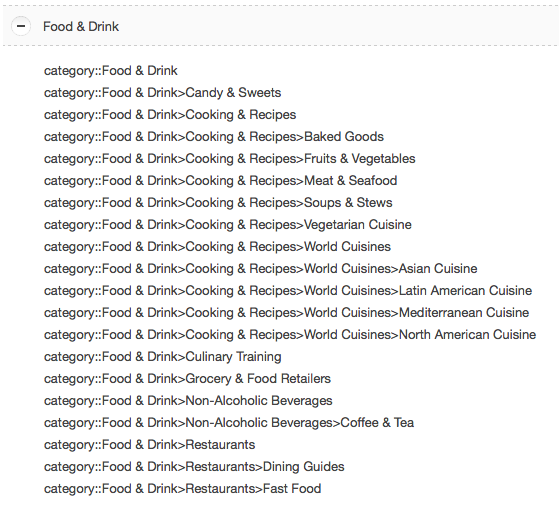 From an Old Google AdWords Advertiser
From an Old Google AdWords Advertiser
The good news: AdSense success is not all about your content or headlines. No, really, that’s good news! Knowing a few insider tips can help you be more competitive in the AdSense publisher space from the start as well as help you get more traffic to your website and to each individual landing page or blog post.
Keywords Still Matter
Keyword targeting is still a big part of most Google Display Network (GDN) advertiser’s strategies. Many advertisers start with a basic list of keywords that they plug into a tool (Google’s free tool or third party tool) to expand and group keywords into AdGroups. Google can also help an advertiser generate keywords, campaigns and AdGroups by plugging their own website or landing pages into the free Google display planner tool.
The keyword density on your page is not the only method that Google uses to target keywords. Google is also very good at seeing keyword correlations (example: the keyword “water” when combined with content about oceans vs. filtering vs. science). Today, Google has a complex algorithm that takes your landing page or blog content, headline, page title, page name (and much more) and then Google compares that information to the relevancy of the advertiser’s landing page.
Keyword Targeting Tips: Use natural language but focus your keywords in high priority places (think like you do for SEO: title, description, headline, headers, text links, etc.)
Every Website and Page – On Both Sides – Is Categorized
Topics: In the GDN, advertisers can choose to target based on topics. If your blog talks about innovative ideas for recycling or about cool products made from recycled material, it’s possible you may fall under this GDN topic:
category::Business & Industrial>Energy & Utilities>Waste Management>Recycling
If an advertiser sells innovative products from recycled materials, their website and landing pages may also match up to that topic. To Google, this might be a good mix for an ideal audience so Google will be more likely to show more of the advertiser’s ads on your blog based on relevancy and an assumption that the audiences would have common interests.
Topic Targeting Tips: AdSense Publishers should get familiar with Google Display Network topics, create content for the categories you want to target and then use SEO strategies to work towards that categorization.
Interest Audiences and Remarketing: Advertisers on the GDN can also choose to target based on audiences or groups of people who share the same interest. In my previous example, recycling could be an interest group or audience. Targeting people with an interest in recycling can certainly be done on a landing page with content about recycling…but it doesn’t have to be. An interest audience can be targeted anywhere – on a news website, on the weather page, on YouTube music videos, in Gmail, etc.
Each advertiser has the option to “tag” visitors in order to remarket their ads to someone who has already visited their website, a specific section of their website or a specific page of their website. If you were to do some online research to plan for a cruise in the next few months, you might notice that you see more banner ads or ads on your mobile device for cruise companies. Remarketing falls under audiences so those ads are not limited to show on any specific category (in this case – they are not limited to showing only on travel content).
Interest / Audience Targeting Tips: Excluding annoying AdSense categories and sub-categories could potentially lower your revenue opportunities. Being open minded or spending more time to closely monitor and exclude specific advertisers might be a better option rather than total exclusions.
Placements – Specific Websites and/or Landing Pages
One of the oldest methods for targeting includes placement targeting that allows a GDN advertiser the option to hand pick which websites or pages they want their ads to show on. Google offers a display planner tool that offers suggestions for advertisers who want to set up placements based on filtered criteria: ad types, device preferences, geographic criteria, etc. GDN advertisers with historical data also have the option to review their GDN reports to find placements that are performing well for them so they can put those placements into campaigns and AdGroups that allow them to bid higher, bid lower or display specific ad formats on those sites and pages.

Placement Targeting Tips: As an advertiser reviews their GDN reporting, the name of your page will show in the report. Often, advertisers will filter by keyword to look for relevant placements or to categorize their placements based on the name of the page. SEO strategies for page names are helpful for getting in front of and remaining relevant in the eyes of the advertiser.
Bottom Line: If you walk away from this article with just one big tip…think in terms of good SEO. The more refined your SEO strategies are, the easier it will be for Google to categorize your pages for topic targeting and to assign keyword targeting for your site as well. Good luck!
Latest posts by Shelley Ellis (see all)
- Increase Google AdSense Publisher Revenue By Utilizing Google Display Network Data - February 13, 2015
- Accomplishing a 45% Conversion Rate on a New AdWords Account - October 15, 2014
- How to Find Hidden Data in Your Google AdWords Account - August 29, 2014
- The Evolution of Google AdWords Agency Reps - August 1, 2014

